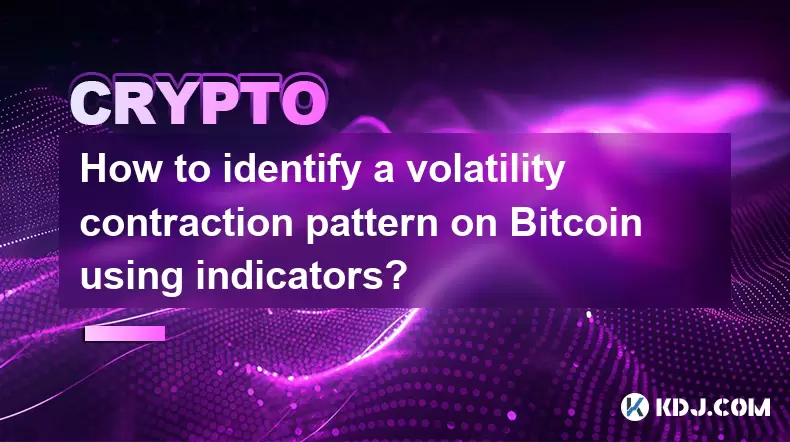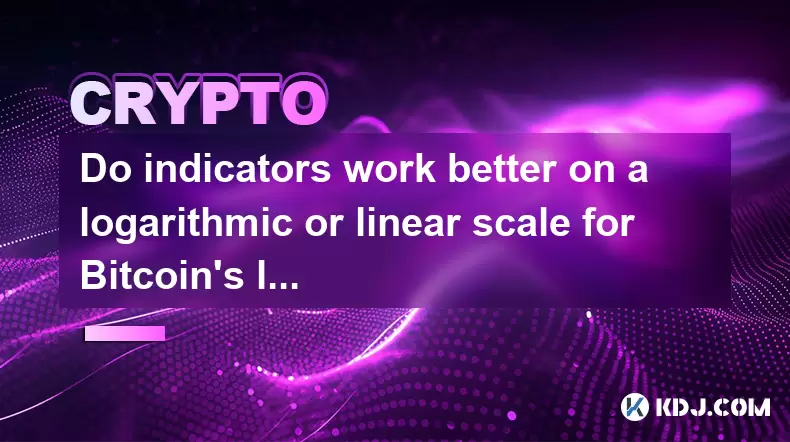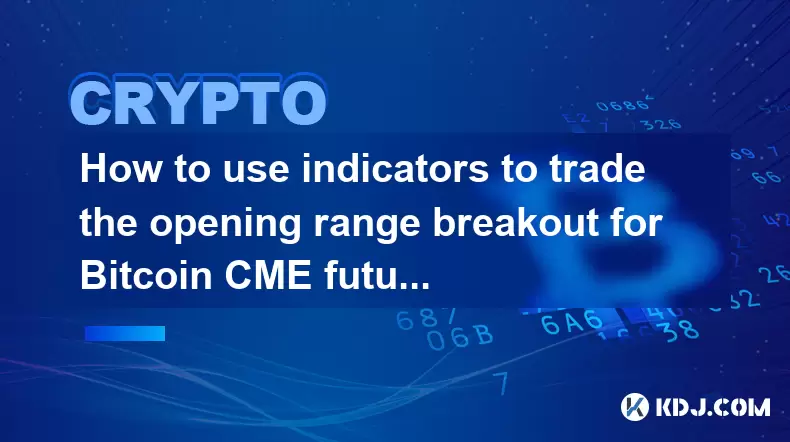-
 Bitcoin
Bitcoin $117900
0.31% -
 Ethereum
Ethereum $3766
0.28% -
 XRP
XRP $3.176
-0.31% -
 Tether USDt
Tether USDt $1.000
0.00% -
 BNB
BNB $795.6
1.51% -
 Solana
Solana $186.8
-1.09% -
 USDC
USDC $0.9999
-0.01% -
 Dogecoin
Dogecoin $0.2353
-1.33% -
 TRON
TRON $0.3226
1.49% -
 Cardano
Cardano $0.8172
-1.08% -
 Sui
Sui $4.178
3.06% -
 Hyperliquid
Hyperliquid $43.05
-3.39% -
 Stellar
Stellar $0.4367
-0.57% -
 Chainlink
Chainlink $18.62
1.47% -
 Hedera
Hedera $0.2828
6.63% -
 Bitcoin Cash
Bitcoin Cash $584.7
5.65% -
 Avalanche
Avalanche $24.81
2.53% -
 Litecoin
Litecoin $112.8
-0.88% -
 UNUS SED LEO
UNUS SED LEO $8.975
-0.08% -
 Shiba Inu
Shiba Inu $0.00001395
-1.07% -
 Toncoin
Toncoin $3.285
-1.05% -
 Ethena USDe
Ethena USDe $1.001
0.01% -
 Polkadot
Polkadot $4.123
0.76% -
 Uniswap
Uniswap $10.49
-0.18% -
 Monero
Monero $326.5
0.14% -
 Dai
Dai $0.9999
-0.02% -
 Bitget Token
Bitget Token $4.576
0.34% -
 Pepe
Pepe $0.00001247
-1.55% -
 Cronos
Cronos $0.1400
3.77% -
 Aave
Aave $295.1
-0.73%
BTC daily level trend tracking indicator tutorial
BTC daily trend tracking uses indicators like SMA, EMA, RSI, Bollinger Bands, MACD, and Fibonacci Retracement to analyze market trends and make informed trading decisions.
Jun 09, 2025 at 06:42 am

Introduction to BTC Daily Level Trend Tracking Indicators
BTC daily level trend tracking indicators are essential tools for cryptocurrency traders and investors who aim to understand and predict the movement of Bitcoin's price on a daily basis. These indicators help in analyzing market trends, making informed trading decisions, and managing risks effectively. In this tutorial, we will delve into various popular indicators used for tracking BTC daily trends, providing a comprehensive guide on how to use them effectively.
Moving Averages
Moving averages are among the most widely used indicators in the cryptocurrency trading world. They help smooth out price data to identify the direction of the trend. There are two main types of moving averages that are particularly useful for tracking BTC daily trends: the Simple Moving Average (SMA) and the Exponential Moving Average (EMA).
Simple Moving Average (SMA): This indicator calculates the average price of Bitcoin over a specific number of days. For instance, a 50-day SMA would average the closing prices of the last 50 days. Traders often use the SMA to identify support and resistance levels.
Exponential Moving Average (EMA): Unlike the SMA, the EMA places more weight on recent prices, making it more responsive to new information. A common EMA used for BTC daily trend tracking is the 20-day EMA, which can help traders spot short-term trends more quickly.
To set up moving averages on a trading platform like TradingView:
- Open the chart for Bitcoin (BTC).
- Click on the 'Indicators' button and search for 'Moving Average'.
- Select 'SMA' or 'EMA' and input the desired period (e.g., 50 for SMA, 20 for EMA).
- Adjust the color and thickness of the line for better visibility.
Relative Strength Index (RSI)
The Relative Strength Index (RSI) is another critical indicator for tracking BTC daily trends. It measures the speed and change of price movements, helping traders identify overbought or oversold conditions. The RSI oscillates between 0 and 100, with readings above 70 indicating overbought conditions and readings below 30 suggesting oversold conditions.
To use the RSI for BTC daily trend tracking:
- Open the Bitcoin chart on your trading platform.
- Add the RSI indicator by searching for it in the 'Indicators' section.
- Set the period to 14 days, which is the standard setting.
- Monitor the RSI values to gauge potential trend reversals. For example, if the RSI crosses above 70, it might signal an impending price correction.
Bollinger Bands
Bollinger Bands are a versatile indicator used to assess the volatility of Bitcoin's price and identify potential trend reversals. They consist of a middle band (usually a 20-day SMA) and two outer bands that are standard deviations away from the middle band.
To set up Bollinger Bands for BTC daily trend tracking:
- Open the BTC chart on your trading platform.
- Add the Bollinger Bands indicator from the 'Indicators' menu.
- Set the period to 20 days and the standard deviation to 2, which are the default settings.
- Use the bands to identify volatility and potential breakouts. When the price touches the upper band, it might indicate an overbought condition, while touching the lower band could signal an oversold condition.
MACD (Moving Average Convergence Divergence)
The MACD is a trend-following momentum indicator that shows the relationship between two moving averages of Bitcoin's price. It consists of the MACD line, the signal line, and the histogram.
To use the MACD for tracking BTC daily trends:
- Open the Bitcoin chart on your trading platform.
- Add the MACD indicator from the 'Indicators' menu.
- Set the fast period to 12 days, the slow period to 26 days, and the signal period to 9 days, which are the standard settings.
- Monitor the MACD line crossing above or below the signal line. A bullish crossover (MACD line crosses above the signal line) can indicate an upward trend, while a bearish crossover (MACD line crosses below the signal line) suggests a downward trend.
Fibonacci Retracement
Fibonacci Retracement is a popular tool for identifying potential support and resistance levels based on the Fibonacci sequence. It is particularly useful for tracking BTC daily trends and determining potential reversal points.
To use Fibonacci Retracement for BTC daily trend tracking:
- Open the Bitcoin chart on your trading platform.
- Identify a significant price movement (either an uptrend or downtrend).
- Add the Fibonacci Retracement tool from the 'Indicators' menu.
- Click and drag from the start of the trend to the end of the trend to draw the Fibonacci levels.
- Monitor the key Fibonacci levels (38.2%, 50%, and 61.8%) for potential price reactions. For instance, if the price retraces to the 61.8% level and bounces back, it might indicate a strong trend continuation.
Frequently Asked Questions
Q1: Can these indicators be used for other cryptocurrencies besides BTC?
Yes, these indicators can be applied to track the daily trends of other cryptocurrencies as well. However, the effectiveness of these indicators may vary depending on the liquidity and volatility of the specific cryptocurrency.
Q2: How often should I check these indicators for BTC daily trends?
It is recommended to check these indicators at least once a day, preferably at the same time each day, to maintain consistency in your analysis. However, during high volatility periods, more frequent checks may be necessary.
Q3: Are there any other indicators that can be used in conjunction with these for better accuracy?
Yes, combining these indicators with others like the Ichimoku Cloud, Stochastic Oscillator, or Volume Profile can provide a more comprehensive analysis and potentially increase the accuracy of your trend predictions.
Q4: Can these indicators predict the exact price movements of BTC?
No, these indicators cannot predict exact price movements. They are tools that help identify trends, potential reversals, and overbought/oversold conditions, but they should be used in conjunction with other forms of analysis and risk management strategies.
Disclaimer:info@kdj.com
The information provided is not trading advice. kdj.com does not assume any responsibility for any investments made based on the information provided in this article. Cryptocurrencies are highly volatile and it is highly recommended that you invest with caution after thorough research!
If you believe that the content used on this website infringes your copyright, please contact us immediately (info@kdj.com) and we will delete it promptly.
- Cryptos to Watch in 2025: Punisher Coin, Chainlink, and the Altcoin Arena
- 2025-07-27 18:30:13
- Bitcoin, Altcoins, Rebound: Navigating the Crypto Comeback Trail
- 2025-07-27 18:30:13
- Ethereum, Bitcoin, and Altcoins: A Shift in Crypto Tides?
- 2025-07-27 19:10:13
- Windtree Therapeutics' Bold BNB Strategy: A $520 Million Crypto Play
- 2025-07-27 19:10:13
- Solana, Staking, and Unilabs: What's the Buzz in the Crypto Space?
- 2025-07-27 16:50:13
- VeChain, HBAR, Remittix: Navigating the Crypto Landscape in 2025
- 2025-07-27 17:10:12
Related knowledge

What is the significance of the 21-week EMA in a Bitcoin bull market?
Jul 10,2025 at 06:56pm
Understanding the 21-Week EMA in Cryptocurrency AnalysisThe 21-week Exponential Moving Average (EMA) is a technical indicator widely used by traders a...

How to identify a volatility contraction pattern on Bitcoin using indicators?
Jul 07,2025 at 07:28am
What is a Volatility Contraction Pattern in Bitcoin Trading?A volatility contraction pattern refers to a phase where the price movement of an asset, s...

Do indicators work better on a logarithmic or linear scale for Bitcoin's long-term chart?
Jul 08,2025 at 01:42pm
Understanding Chart Scales in Cryptocurrency TradingIn cryptocurrency trading, particularly for analyzing Bitcoin's long-term trends, chart scales pla...

What is the Woodies CCI indicator and can it be used for Bitcoin?
Jul 04,2025 at 05:14pm
Understanding the Woodies CCI IndicatorThe Woodies CCI indicator is a variation of the traditional Commodity Channel Index (CCI), which was originally...

How to use indicators to trade the opening range breakout for Bitcoin CME futures?
Jul 05,2025 at 07:35pm
What Is the Opening Range Breakout Strategy?The opening range breakout (ORB) strategy is a popular trading technique used in both traditional markets ...

How to use the Relative Vigor Index (RVI) for Bitcoin trading?
Jul 07,2025 at 02:00pm
Understanding the Relative Vigor Index (RVI)The Relative Vigor Index (RVI) is a technical analysis tool used to assess the strength of price movements...

What is the significance of the 21-week EMA in a Bitcoin bull market?
Jul 10,2025 at 06:56pm
Understanding the 21-Week EMA in Cryptocurrency AnalysisThe 21-week Exponential Moving Average (EMA) is a technical indicator widely used by traders a...

How to identify a volatility contraction pattern on Bitcoin using indicators?
Jul 07,2025 at 07:28am
What is a Volatility Contraction Pattern in Bitcoin Trading?A volatility contraction pattern refers to a phase where the price movement of an asset, s...

Do indicators work better on a logarithmic or linear scale for Bitcoin's long-term chart?
Jul 08,2025 at 01:42pm
Understanding Chart Scales in Cryptocurrency TradingIn cryptocurrency trading, particularly for analyzing Bitcoin's long-term trends, chart scales pla...

What is the Woodies CCI indicator and can it be used for Bitcoin?
Jul 04,2025 at 05:14pm
Understanding the Woodies CCI IndicatorThe Woodies CCI indicator is a variation of the traditional Commodity Channel Index (CCI), which was originally...

How to use indicators to trade the opening range breakout for Bitcoin CME futures?
Jul 05,2025 at 07:35pm
What Is the Opening Range Breakout Strategy?The opening range breakout (ORB) strategy is a popular trading technique used in both traditional markets ...

How to use the Relative Vigor Index (RVI) for Bitcoin trading?
Jul 07,2025 at 02:00pm
Understanding the Relative Vigor Index (RVI)The Relative Vigor Index (RVI) is a technical analysis tool used to assess the strength of price movements...
See all articles

























































































